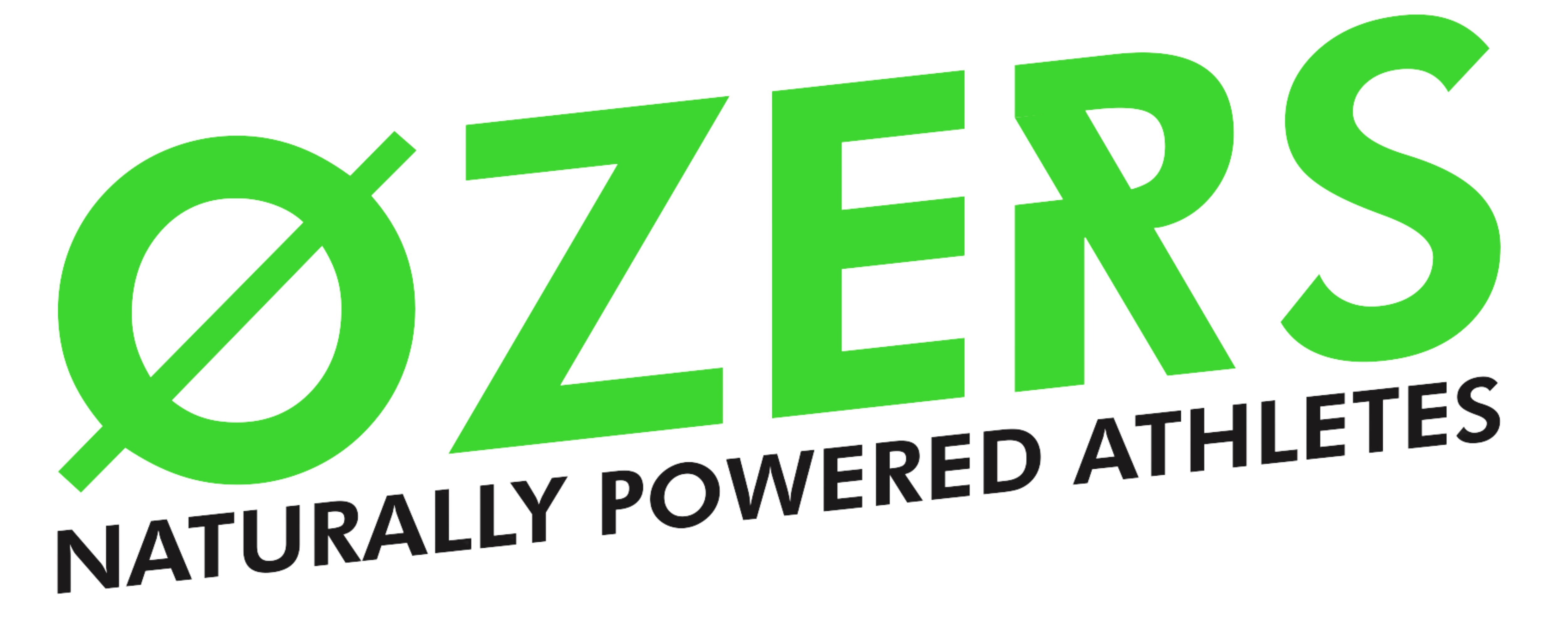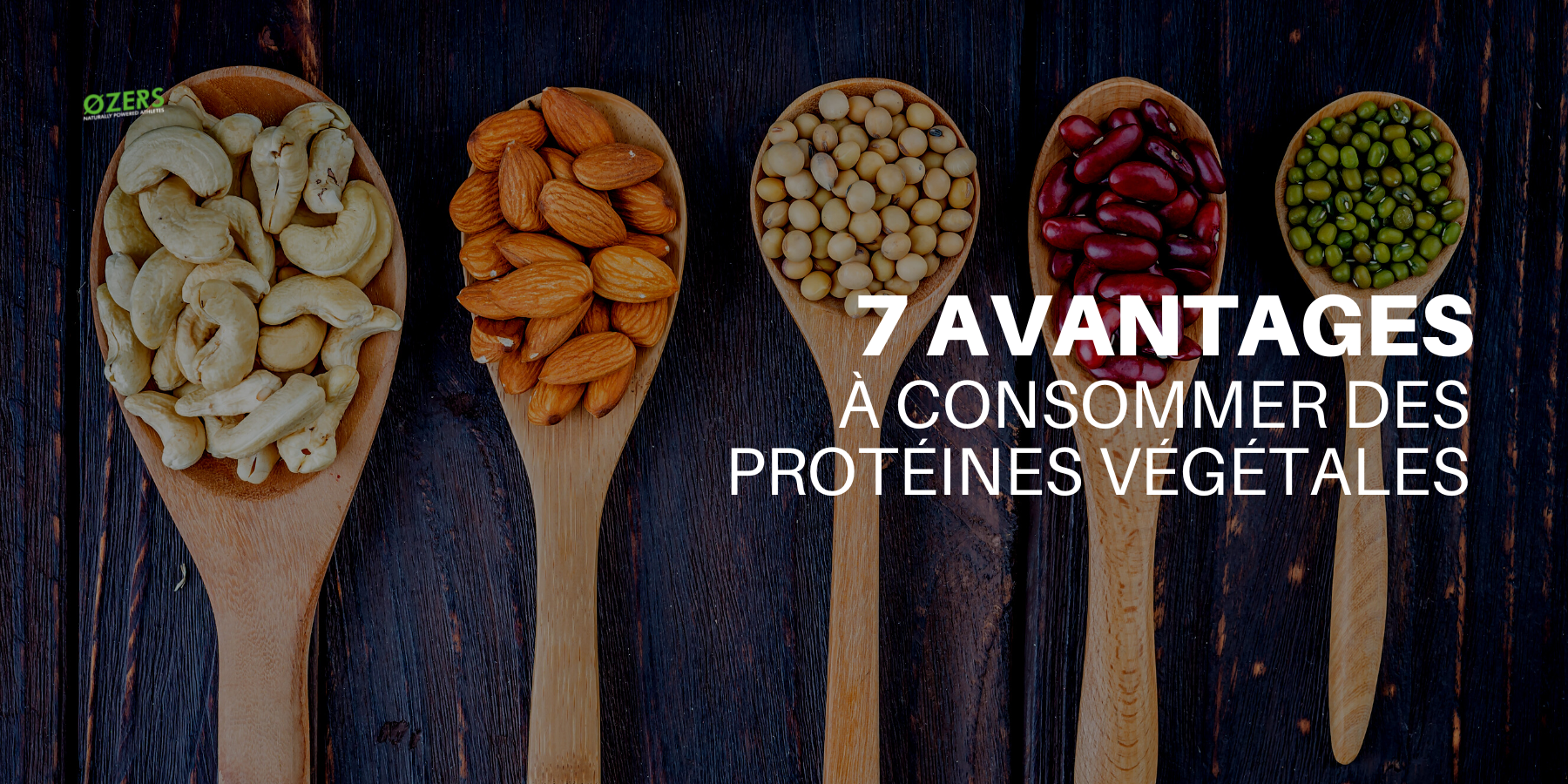Definition of metabolism
Metabolism , what is it?
To survive, we need energy . We find it in food which provides us with essential nutrients to fuel our vital functions .
Metabolism keeps us alive . It converts nutrients into energy to run our body.
Do you see the principle? Metabolism is all of the body's biochemical reactions to create, transform and expend energy... and keep us alive.
How metabolism works

Metabolism functions in two phases which bring together a set of biochemical reactions.
The first phase is catabolism : catabolic metabolism extracts nutrients from food (lipids from oil, carbohydrates from apples, proteins from peas, etc.) and converts them into energy.
The second phase is anabolism : anabolic metabolism synthesizes this energy then moves it to the cells to ensure vital functions.
For example, when you eat protein, catabolic metabolism extracts the amino acids and anabolic metabolism delivers them to your muscles to enhance muscle building and tissue elasticity. Metabolism therefore allows you to assimilate proteins and strengthen your muscles.
>> Consume more plant proteins with ØZERS NUTRITION POST WORKOUT
Factors that influence metabolism
Our daily energy needs depend on several factors including:
- age;
- muscle mass, fat mass (in short, weight);
- the size ;
- sex.
Sleep, lifestyle, diet, genetics, climatic conditions and emotions can also influence metabolism. For example, an anxious person will consume more energy than a calmer person.
Besides, we can have a slow metabolism , which burns calories more slowly than the average for our category (depending on age, sex, height, weight) or a fast metabolism , which expends energy more quickly .
So, the metabolic rate , that is, the amount of energy we need, varies according to different factors.
Good to know :
You also expend energy when you carry out intellectual activity. Talking, thinking and reflecting burn calories!
But practicing physical and sporting activity remains the best way to boost calorie expenditure.
The 3 types of metabolism to spend energy
There are three types of anabolic metabolism which allow energy to be used to fuel cells:
- basal metabolism (MB);
- active metabolism;
- thermogenesis.
Basal metabolism describes energy needs and energy expenditure: it is the amount of energy you expend when you are awake, at rest, fasting and at normal body temperature (it represents approximately 70% of daily energy expenditure ).
Active metabolism affects the caloric expenditure required during physical exercise . When we exercise, we burn more calories because the body puts in extra effort. This is where active metabolism comes in (also called “active consumption”, and which represents approximately 15% of daily calorie expenditure, depending on the degree of physical activity).
Finally, thermogenesis is the metabolic process that burns fat and the energy needed to maintain normal body temperature . The calories burned warm the body temperature when it is cold and cool it when it is hot.
How the basal metabolism works
As you will have understood, metabolism and basal metabolism are not quite the same thing.
Energy (or basal) metabolism only concerns our daily caloric needs, that is to say the energy intake necessary to ensure our vital needs (organ functioning, maintenance of body temperature, cell renewal, muscular activity, etc.) . It depends on the amount of energy we expend when resting awake, fasting and at normal temperature.
The bigger you are, the more energy you need to power your cells.
This is how the basal metabolism works:
- If you eat the exact number of calories your body needs each day, you will maintain a normal weight.
- But, if you consume fewer calories than you expend, you will lose weight (you are in a calorie deficit and your diet is low-calorie).
- Likewise, if you consume more calories than necessary, they will be stored in adipose tissue as fat. Eventually, you will gain weight because of a high-calorie diet.
It's all a question of balance .
Certain factors impact metabolic rate and energy expenditure such as age and gender (men expend more energy than women due to their higher body mass).
How active metabolism works

Active metabolism occurs when we practice physical activity . It comes into play from the warm-up and is active throughout the sporting activity.
It burns the energy necessary to sustain physical effort of varying intensity depending on the exercise. The more your organs are used, the more energy you need.
The functioning of the active metabolism therefore depends on the degree of sporting activity. The more sporty you are, the more your active consumption works.
How thermogenesis works
Thermogenesis is the production of heat by the body. The body burns calories to maintain an ideal body temperature.
Food thermogenesis, more specifically, represents the amount of energy used to digest, assimilate and store food .
After a meal, you may notice that the body temperature rises slightly, as digestion expends energy to assimilate food.
Some foods require more energy to digest, such as proteins . Their caloric expenditure is greater than that of carbohydrates or lipids.
Eating protein increases energy expenditure. Diversifying protein intake with proteins of plant origin is a solution to avoid consuming only animal proteins which are rich in lipids and which can cause cholesterol, not to mention their ecological impact and animal breeding conditions.
Vegan protein shakes help you meet your daily protein intake while increasing the energy consumed.
In short, what is metabolism?
To summarize, metabolism, in its generality, ensures vital balance.
Our body needs energy to function. It finds this energy in food and this is where metabolism comes in.
It initiates the catabolic phase to extract nutrients from food and transform them into energy. Proteins become amino acids, fats become fatty acids and build cell membranes, etc.
After catabolism comes anabolism . This phase synthesizes energy and distributes it to cells through the blood system. The metabolism uses the energy collected to power the different organs of the body.
The role of metabolism is therefore to keep us alive by creating and expending energy.
In this energy expenditure, three functions come into play:
- basic metabolism which is daily energy expenditure;
- active metabolism which represents caloric expenditure during exercise;
- and thermogenesis which is the ability to maintain the body at the right temperature.




